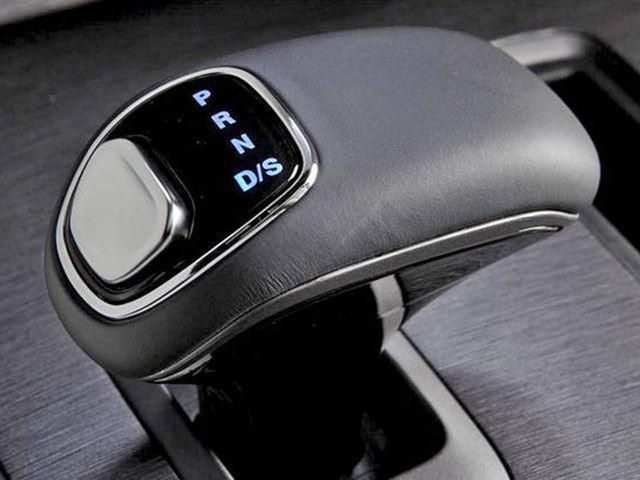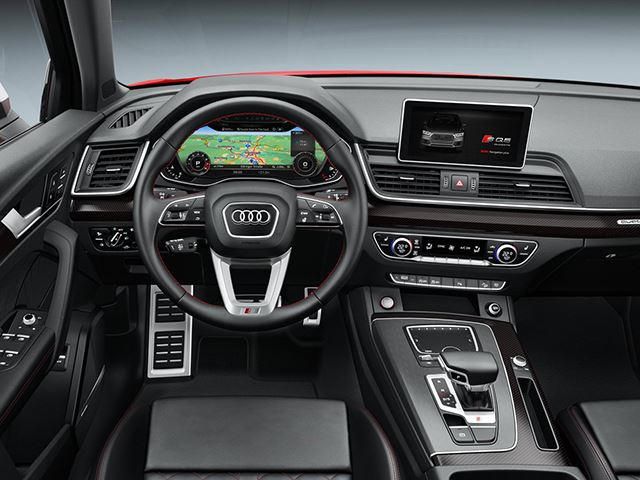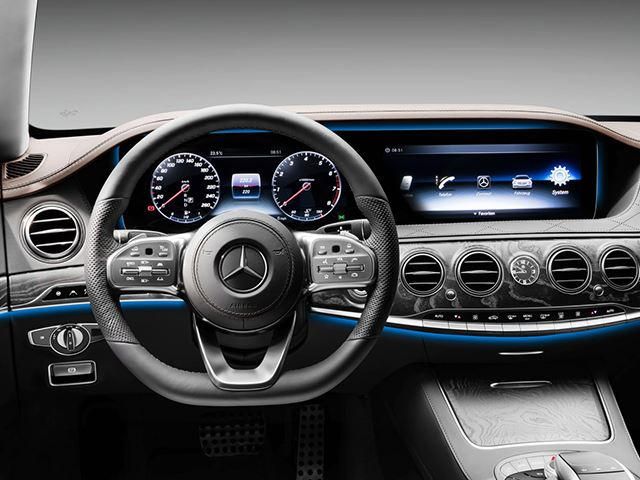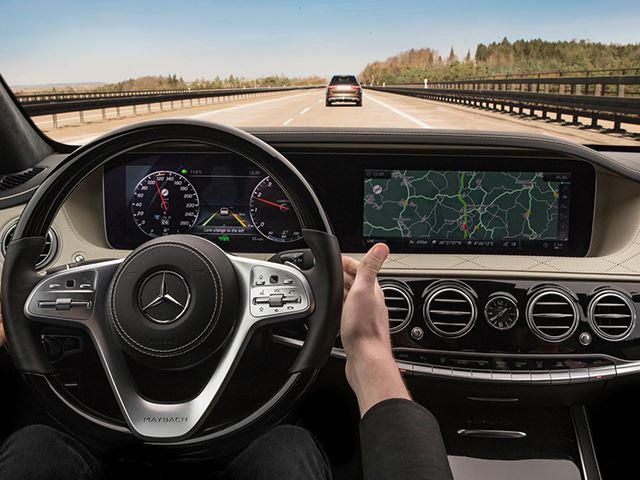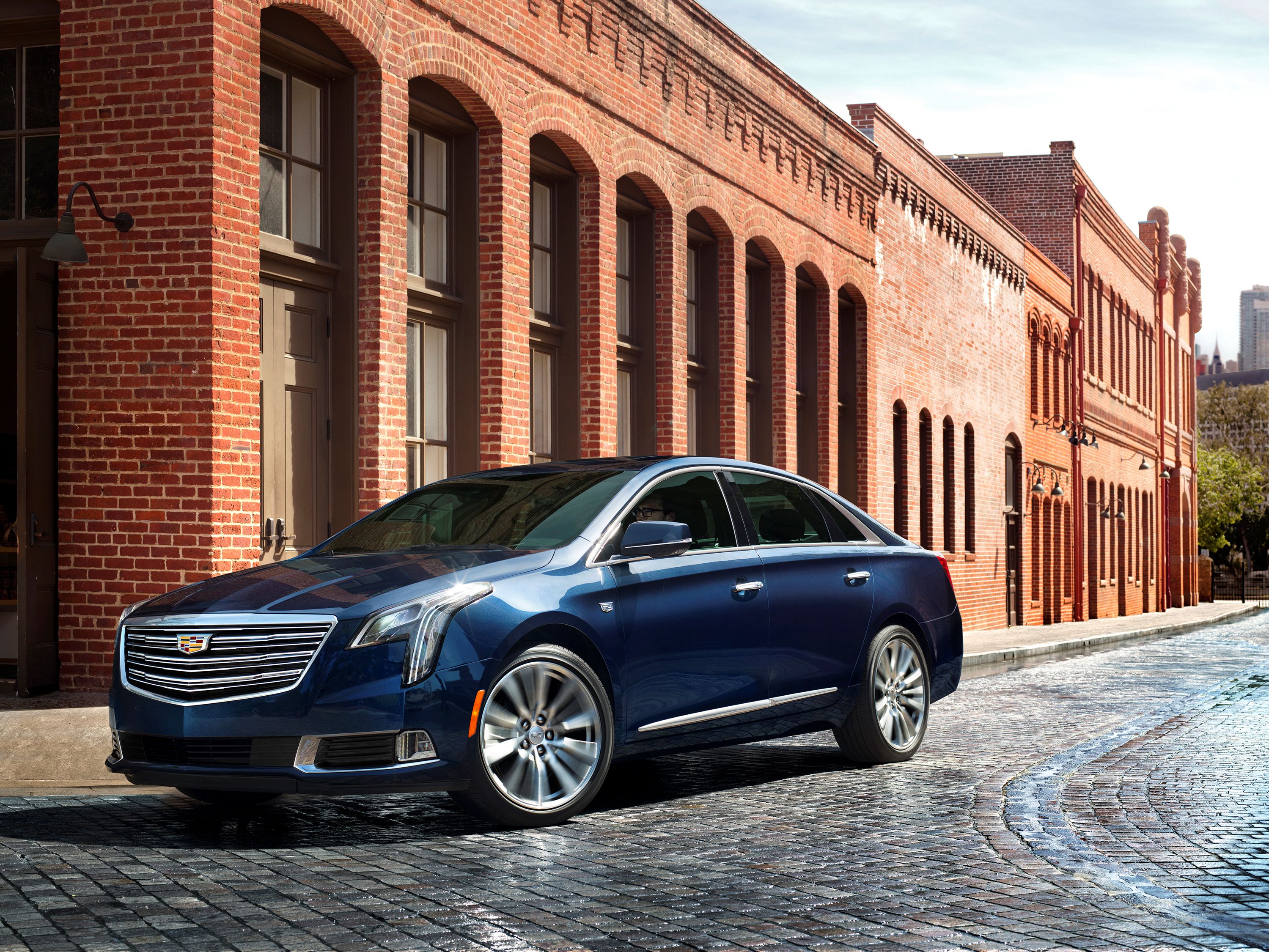
The marriage between technology and cars has always been an awkward one at best. As a general rule of thumb there's usually a gap of time between when a certain piece of technology hits the mainstream consumer market and when it gets installed into the cabin of a car. For the most part, much of the modern automobile cabin has remained the same. There's still a pedal for the throttle and another for the brakes, a steering wheel, a transmission selector, and an infotainment system for the vehicle occupants to play with when conversation goes stale.
The problems arise, according to observations made by Automotive News, when automakers try to alter the proven recipe of current technology in efforts to get prospective test driving customers to swoon when they see the interior of the latest model. Mark Boyadjis, an automotive user experience analyst with IHS Markit, summed up the viewpoint of the automakers. He says, "What automakers are looking at is new ways to drive customer engagement, brand user experience, and to clean up the interior." Unfortunately, that drive doesn't always manifest itself in a user-friendly improvement on the old technology. Honda learned this the hard way when it swapped the volume knobs in many of its models with touch-sensitive sliders.
Instead of replying on a single turn of an unglamorous but reliable volume knob-a task that could be completed by feel-Honda's touch slider required annoying and repeated presses on a vague area on the dashboard, fragmenting the driver's attention. Manufacturers have had a harder time still when it comes to figuring out how to get the shifter right. The will to dazzle has at times come bundled with disastrous results. Fiat Chrysler recently found itself at the center of a lawsuit after confusion surrounding its monostable shifters (a shifter design that returns the selector to the original position after a gear is selected) led to the high profile death of Star Trek star Anton Yelchin.
That doesn't mean that every amendment to the interior of a modern automobile is a cause for scrutiny, however. For example, not many people moaned when manually operated windows gave way to electronic switches and the loss of cassette tape decks has only given automakers more dash space to utilize with minimal complaint on the part of the customers. On the other hand, some automakers are finding resistance to the phasing out of the CD player even though survey after survey finds that consumers favor Bluetooth audio systems and hardly touch compact discs anymore. Based on the technologies that have found deathbeds rather than spots on the dashboards of 2018 models, what can we expect to go next?
One reasonable expectation is the physical gauge. As companies like Audi and Mercedes swap physical speedometers and tachometers for high resolution digital displays packed with flashy colors and attractive layouts, the rest of the industry could get on board with this trend. No matter how nostalgic one can become over a piece of technology (we won't judge you for missing the manual transmission), it's likely that technology will continue to change the landscape of the automobile interior with drivers remaining the test subjects for this experiment.

